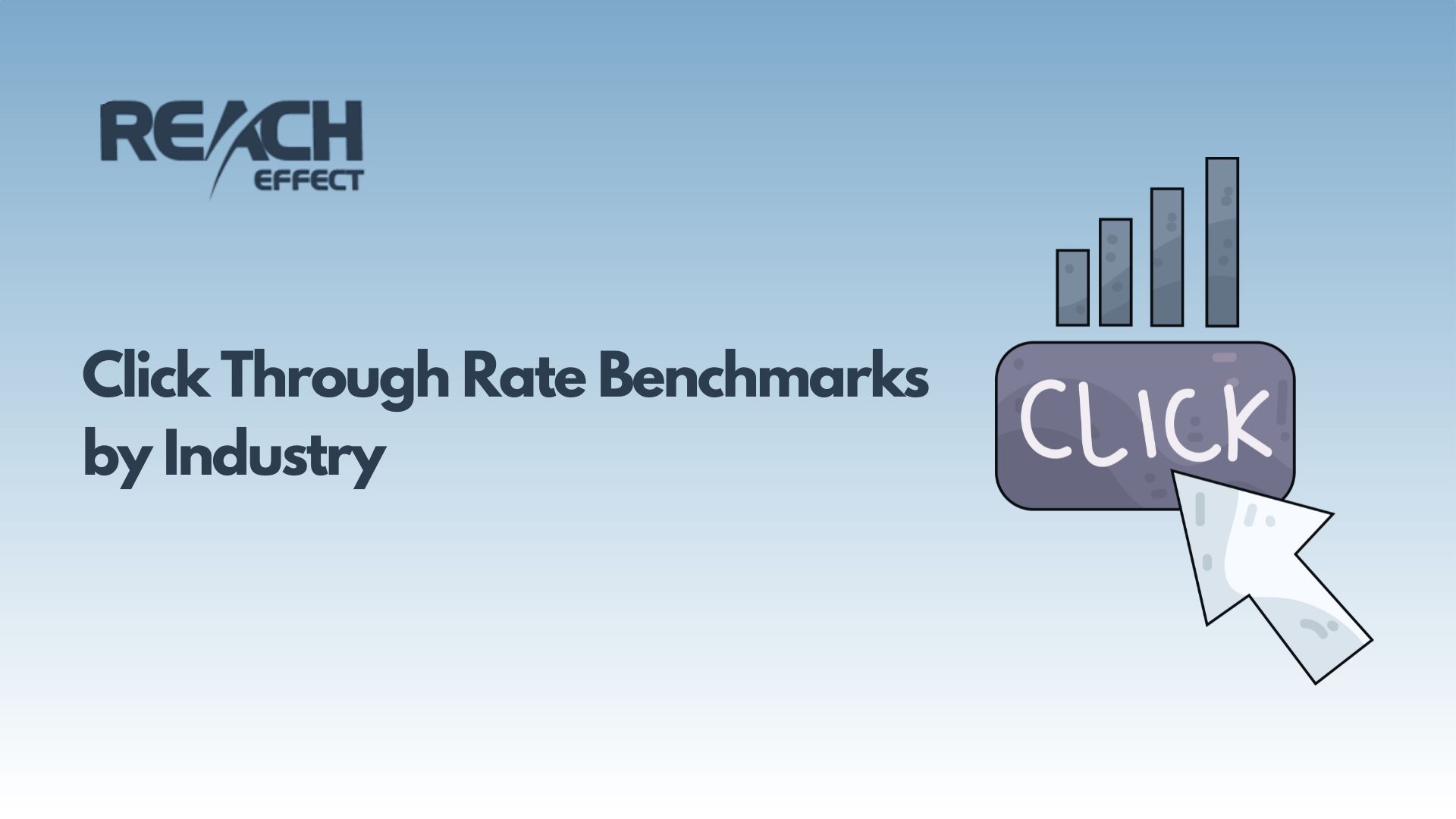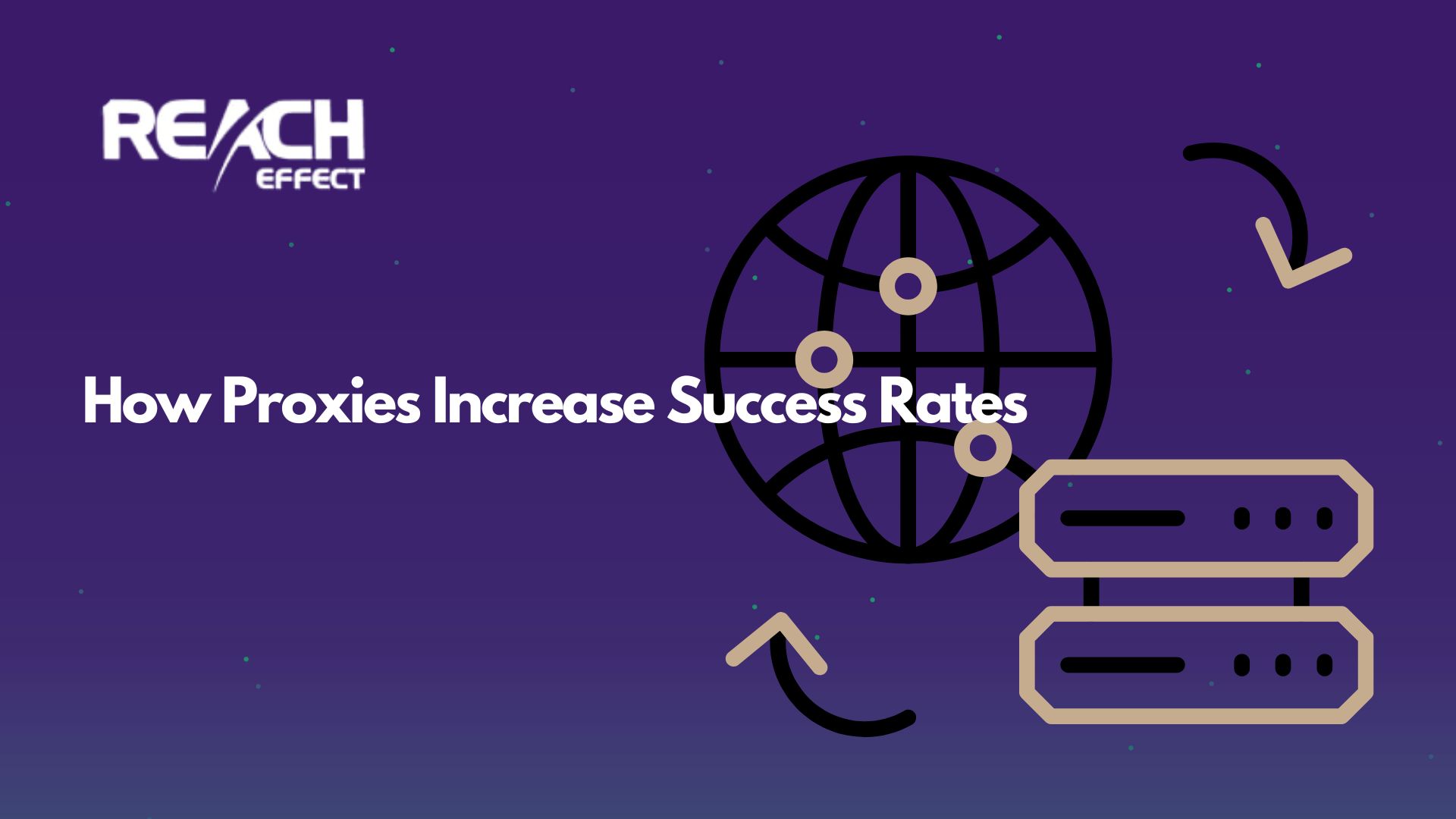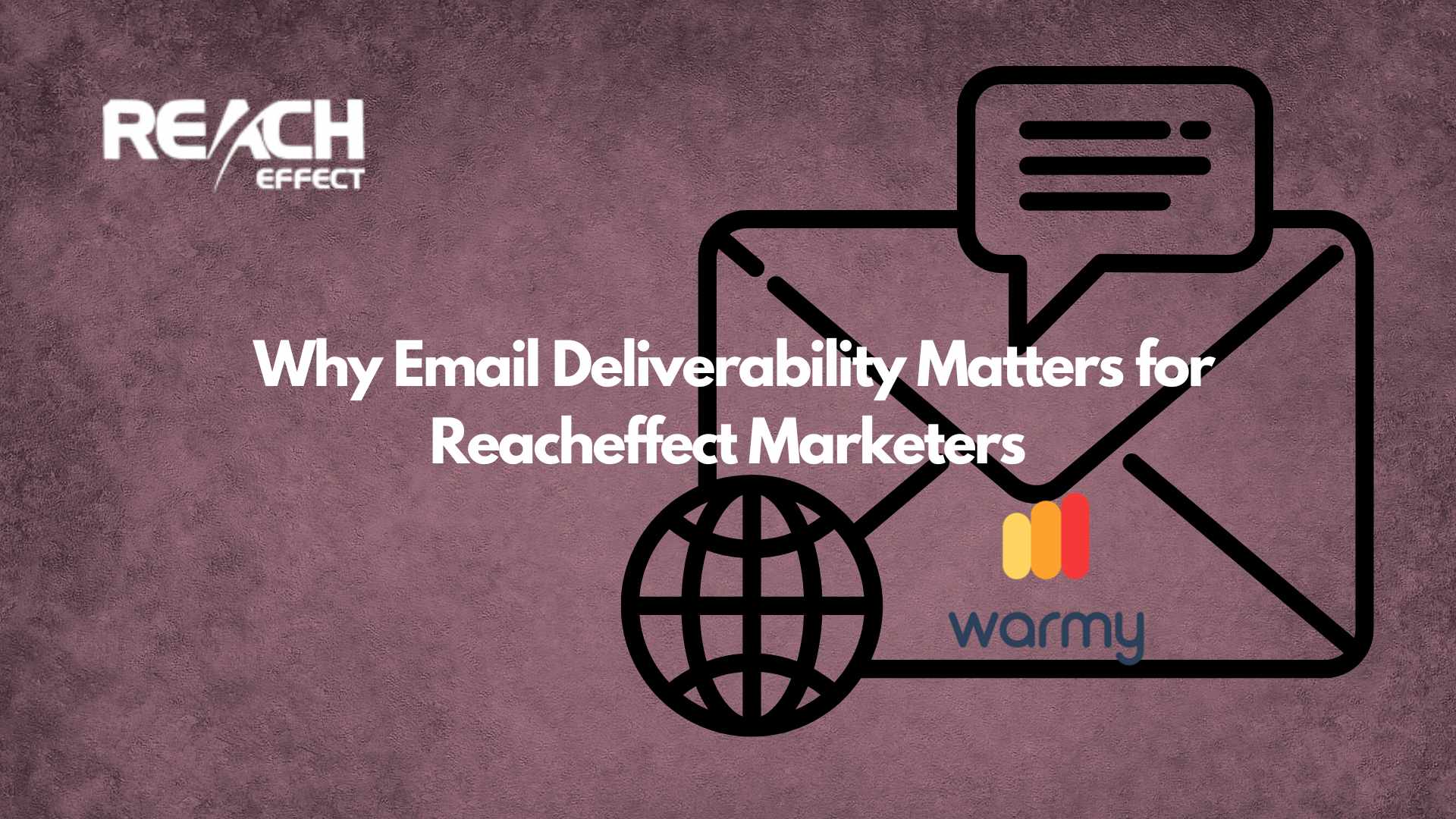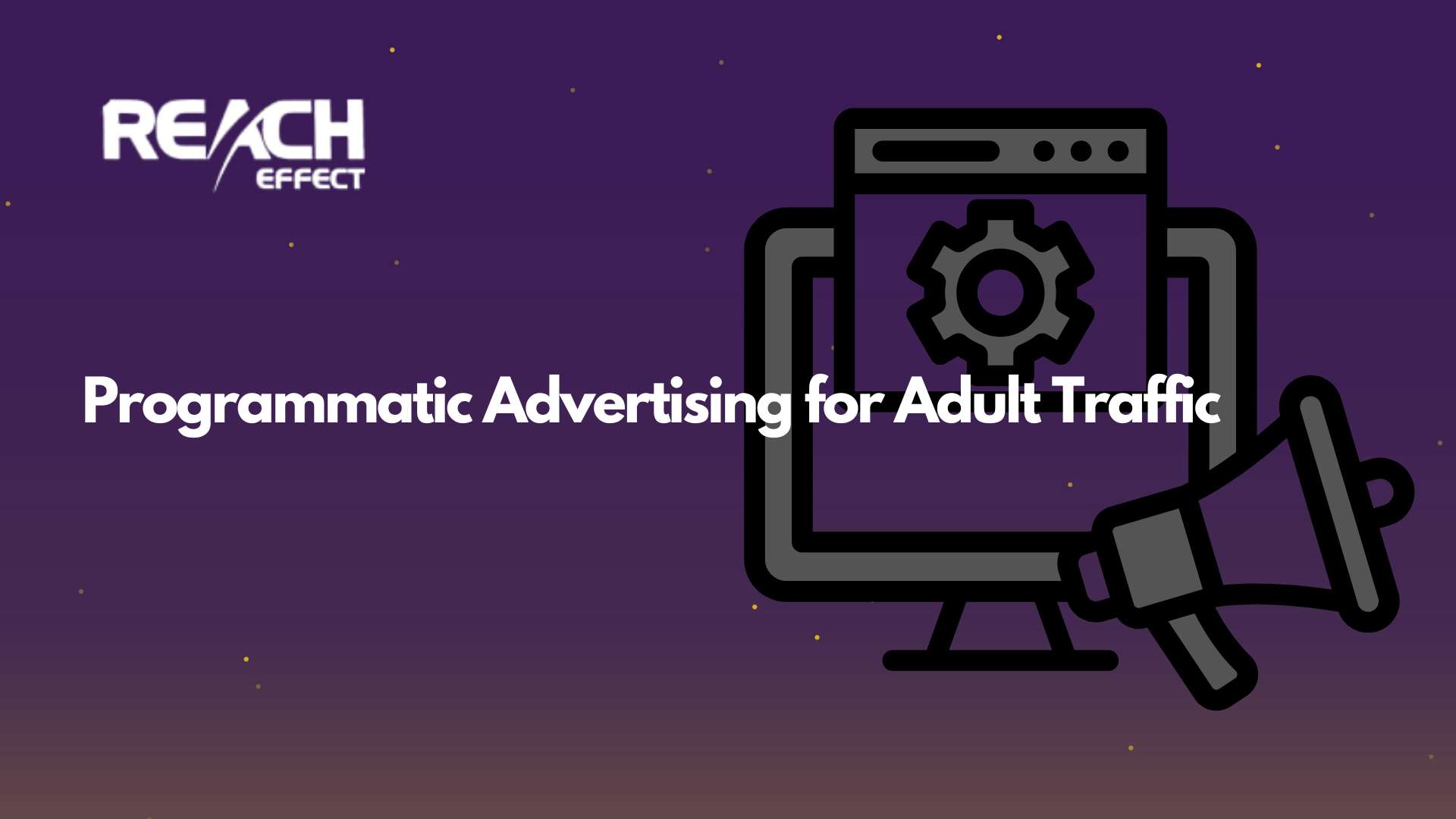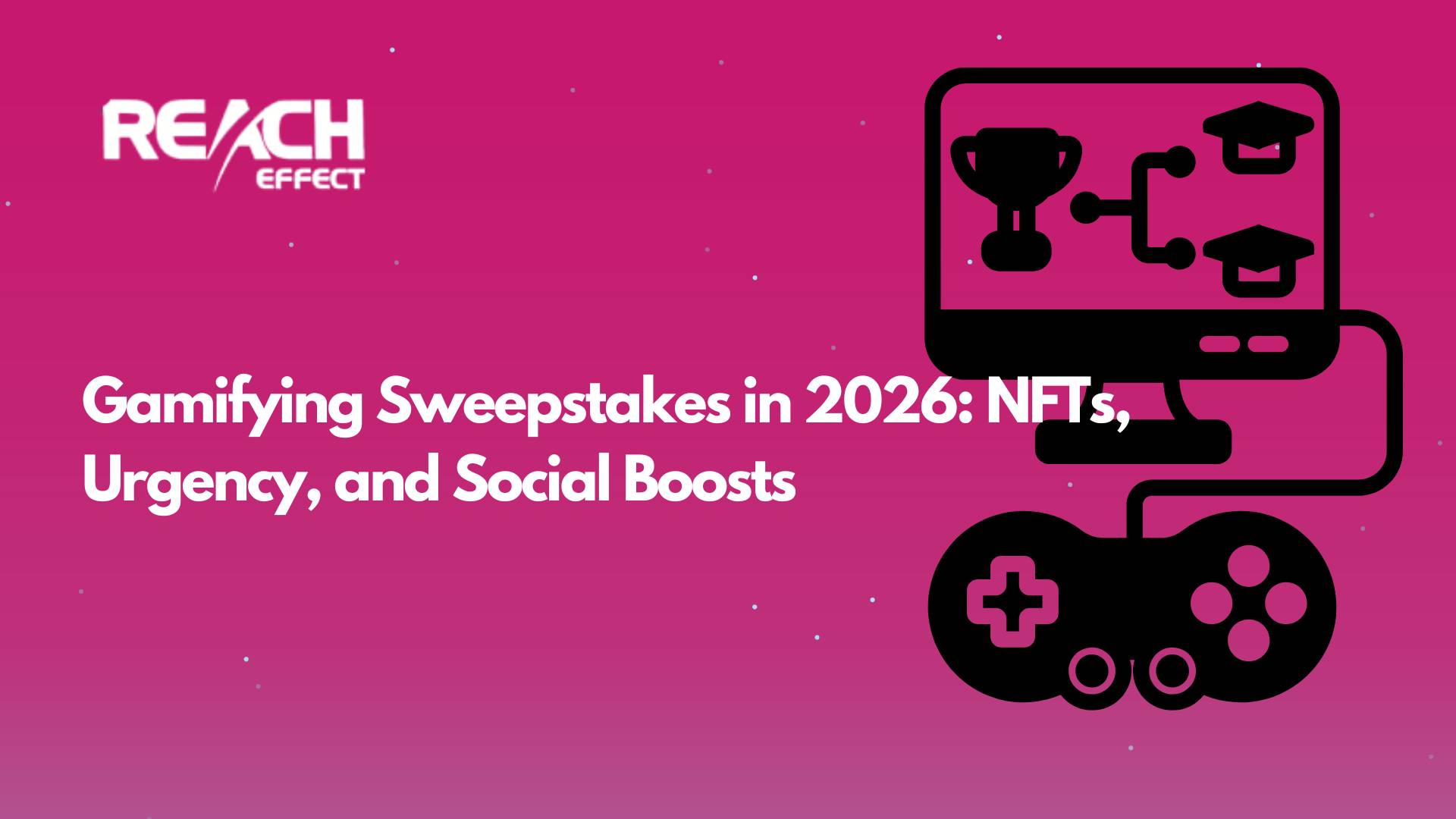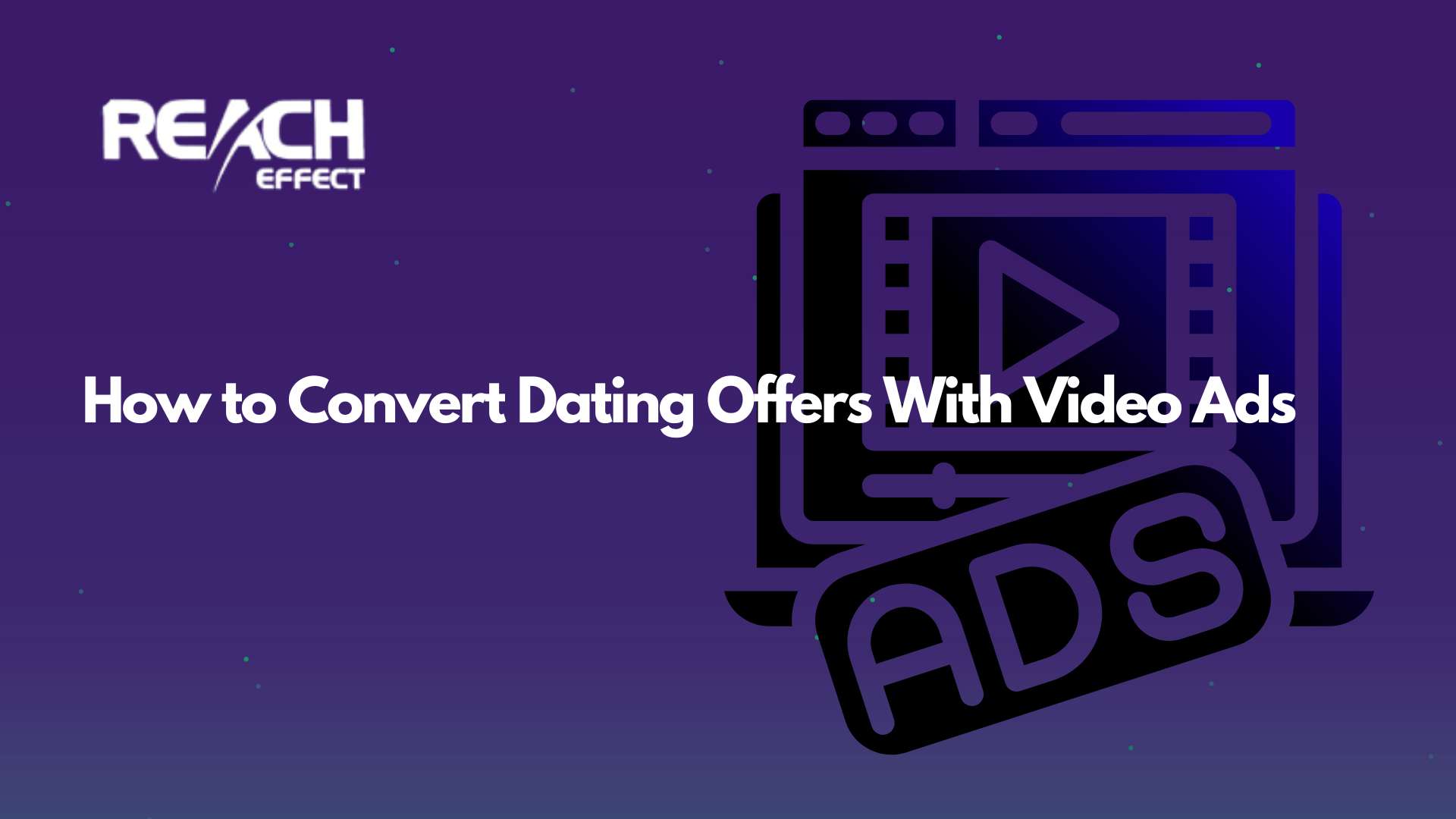Understanding click through rate benchmarks by industry is essential for any digital marketer looking to measure campaign effectiveness and optimize performance. These benchmarks serve as vital performance indicators that help businesses evaluate their advertising success against industry standards.
Thank you for reading this post, don't forget to subscribe!Click through rates represent the percentage of people who click on your advertisements after seeing them. This metric provides valuable insights into how well your campaigns resonate with target audiences and how effectively your creative content drives engagement.
What Are Click Through Rate Benchmarks
Click through rate benchmarks represent average performance standards across different industries and advertising platforms. These benchmarks help marketers understand whether their campaigns perform above, below, or at industry average levels.
Industry benchmarks vary significantly based on factors like target audience behavior, competition levels, and platform characteristics. For example, healthcare advertising typically sees different engagement patterns compared to retail or technology sectors.
Understanding these benchmarks allows marketing teams to set realistic expectations, identify optimization opportunities, and allocate budgets more effectively across campaigns and channels.
Click Through Rate Benchmarks by Industry Summary Table
| Industry | Email Marketing CTR | Search Advertising CTR | Social Media CTR | Display Advertising CTR |
|---|---|---|---|---|
| Retail/Ecommerce | 2.5% – 3.2% | 3.5% – 4.8% | 1.8% – 2.4% | 0.8% – 1.2% |
| Healthcare | 2.8% – 3.5% | 3.2% – 4.2% | 1.9% – 2.6% | 0.7% – 1.1% |
| Technology | 2.1% – 2.8% | 2.8% – 3.8% | 2.5% – 3.5% | 0.6% – 0.9% |
| Financial Services | 2.0% – 2.6% | 2.5% – 3.5% | 2.2% – 2.9% | 0.8% – 1.3% |
| Education | 2.7% – 3.4% | 3.0% – 4.0% | 2.1% – 2.8% | 0.9% – 1.4% |
| Legal Services | 2.3% – 2.9% | 4.5% – 6.2% | 1.7% – 2.3% | 0.7% – 1.0% |
| Travel/Tourism | 2.4% – 3.1% | 3.1% – 4.1% | 2.0% – 2.7% | 0.9% – 1.4% |
Note: These benchmarks represent industry averages and may vary based on specific targeting, creative quality, seasonality, and market competition.
Email Marketing Click Through Rate Benchmarks by Industry
Email marketing remains one of the most effective digital marketing channels, with click through rate benchmarks varying considerably across industries.
The retail industry typically achieves email click through rates between 2.5% and 3.2%, reflecting strong consumer interest in promotional content and product updates. Fashion and apparel brands often see slightly higher rates due to visual appeal and seasonal campaigns.
Healthcare organizations generally experience email click through rates ranging from 2.8% to 3.5%. This higher performance stems from the valuable, often time-sensitive nature of healthcare communications that recipients prioritize.
Technology companies usually see email click through rates between 2.1% and 2.8%. While tech audiences are highly engaged, the competitive landscape and inbox saturation can impact performance.
Financial services typically achieve click through rates from 2.0% to 2.6%. The formal nature of financial communications and regulatory requirements can influence engagement levels.
Education sector email campaigns often perform well, with click through rates ranging from 2.7% to 3.4%. Educational content tends to provide high value to recipients, driving stronger engagement.
Search Advertising Click Through Rate Standards
Search advertising benchmarks provide crucial insights for pay-per-click campaign optimization across different industries.
Retail and ecommerce businesses typically see search advertising click through rates between 3.5% and 4.8%. The high commercial intent behind retail search queries contributes to these strong performance levels.
Healthcare search campaigns often achieve click through rates ranging from 3.2% to 4.2%. The urgent nature of many healthcare searches drives higher engagement with relevant advertisements.
Legal services frequently experience impressive search click through rates between 4.5% and 6.2%. The high-stakes nature of legal needs motivates users to click on relevant advertisements when searching for legal assistance.
Technology companies generally see search click through rates from 2.8% to 3.8%. While competitive, the tech sector benefits from specific, targeted search queries that drive quality traffic.
Financial services typically achieve search advertising click through rates between 2.5% and 3.5%. The complexity of financial products and longer decision cycles can impact immediate click behavior.
Social Media Advertising Performance Benchmarks
Social media platforms each have distinct click through rate benchmarks by industry that reflect platform characteristics and user behavior patterns.
Facebook advertising typically sees retail click through rates between 1.8% and 2.4%. The visual nature of retail products aligns well with Facebook’s format and user engagement patterns.
Instagram click through rates for fashion brands often range from 2.1% to 2.8%. The platform’s visual focus makes it particularly effective for lifestyle and fashion advertising.
LinkedIn advertising performs exceptionally well for B2B industries, with technology companies often seeing click through rates between 2.5% and 3.5%. The professional context drives higher engagement for business-focused content.
Twitter click through rates vary significantly by industry, with media and entertainment companies typically achieving rates between 1.5% and 2.2%. The platform’s real-time nature suits breaking news and trending content.
Display Advertising Industry Benchmarks
Display advertising click through rate benchmarks by industry reflect the challenges and opportunities of visual advertising across the web.
Retail display campaigns typically achieve click through rates between 0.8% and 1.2%. While lower than search rates, display advertising provides valuable brand exposure and retargeting opportunities.
Travel industry display advertising often sees click through rates ranging from 0.9% to 1.4%. The aspirational nature of travel content drives engagement, particularly during planning seasons.
Technology display campaigns generally achieve rates between 0.6% and 0.9%. The B2B nature of many tech products requires longer consideration periods, impacting immediate click behavior.
Healthcare display advertising typically sees click through rates from 0.7% to 1.1%. The sensitive nature of healthcare topics requires careful targeting and messaging to drive engagement.
Factors Affecting Industry Click Through Rates
Several factors influence click through rate benchmarks across different industries and campaigns.
Target audience characteristics significantly impact click through rates. Industries serving urgent needs typically see higher engagement than those addressing longer-term considerations. Understanding your specific audience behavior helps optimize campaigns accordingly.
Competition levels within industries affect benchmarks substantially. Highly competitive sectors often experience lower click through rates due to increased advertisement volume and audience saturation.
Seasonal patterns influence industry benchmarks throughout the year. Retail industries see dramatic spikes during holiday seasons, while B2B sectors often experience quieter summer months.
Advertisement quality and relevance directly impact click through rates across all industries. Well-targeted, compelling creative content consistently outperforms generic messaging regardless of industry benchmarks.
Platform algorithms and features influence click through rates significantly. Understanding each platform’s unique characteristics helps optimize campaigns for better performance within industry standards.
How to Use Industry Benchmarks Effectively
Implementing click through rate benchmarks by industry requires strategic thinking and careful analysis of your specific situation.
Start by identifying your primary industry category and understanding the typical benchmark ranges. This provides a baseline for evaluating current performance and setting realistic improvement goals.
Consider your target audience characteristics when applying industry benchmarks. Niche markets within broader industries may perform differently than general industry averages.
Monitor performance across multiple timeframes to account for seasonal variations and campaign lifecycle changes. Short-term fluctuations are normal, while consistent underperformance indicates optimization needs.
Use benchmarks as starting points rather than absolute targets. Your unique value proposition, audience, and competitive position may justify performance above or below industry averages.
Combine industry benchmarks with internal historical data to create more accurate performance expectations. Your past performance often provides better insights than general industry standards.
Conclusion
Click through rate benchmarks by industry provide valuable reference points for evaluating campaign performance and setting optimization priorities. Understanding these benchmarks helps marketers make informed decisions about budget allocation, creative development, and targeting strategies.
Remember that benchmarks represent starting points rather than limitations. With proper optimization, testing, and audience understanding, businesses can achieve performance levels that exceed industry standards while driving meaningful results.
Success requires balancing industry knowledge with unique business characteristics and audience needs. Use benchmarks as guides while developing strategies that reflect your specific market position and growth objectives.

